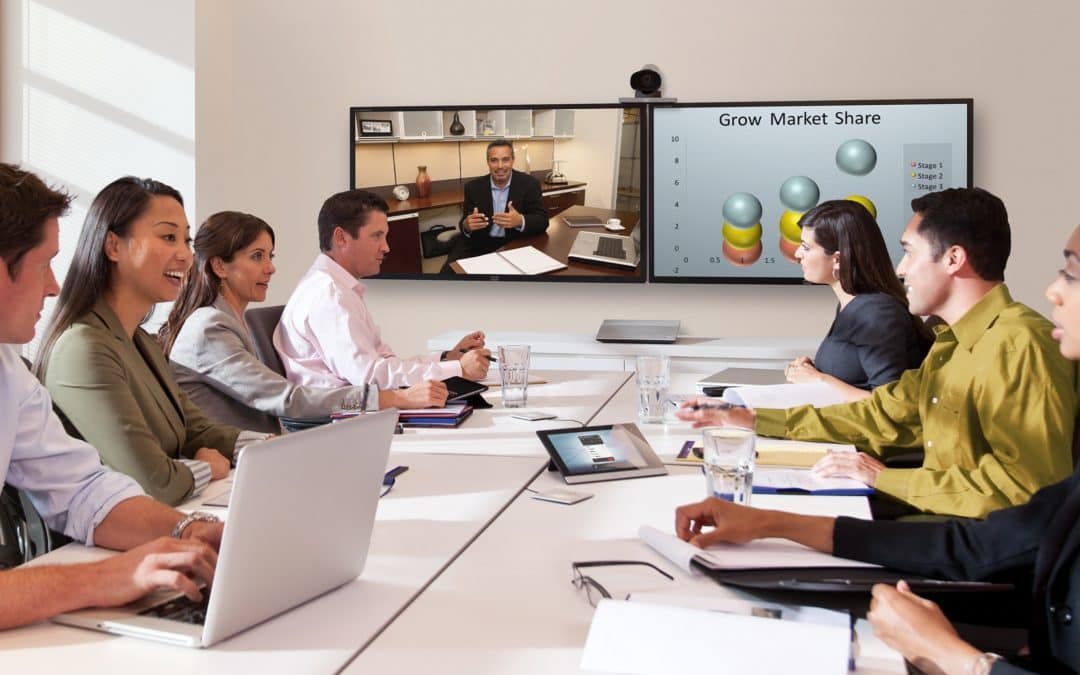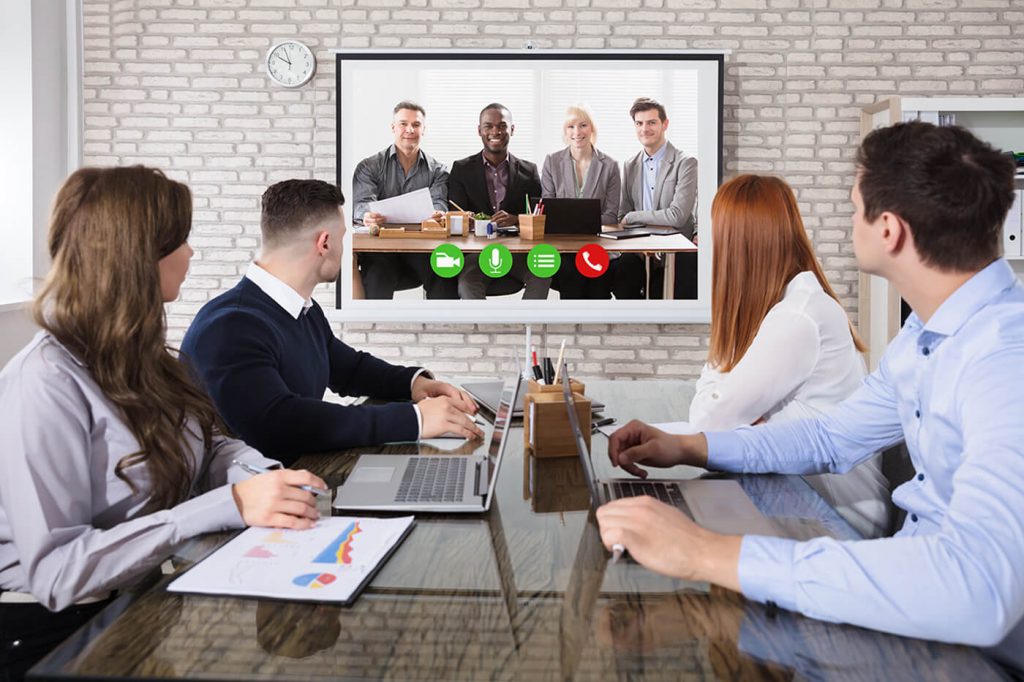Sometimes it’s best to make eye contact.
Sitting around a table, in the old way, is very often the best way to discuss with colleagues, suppliers or customers: you develop contact, build trust, build empathy.
The spread of smart working, the increase in travel, the crowding of agendas, however, frequently prevent the meeting, delegating communication to technological tools that are useful, but rather cold and distant.
Has it ever happened to you that a business call put you in a bad mood because you and your interlocutor didn’t understand each other? Or losing concentration during the phone call and finding yourself lost in your thoughts, perhaps scribbling on a corner of the diary? And what about e-mail, an undoubtedly valuable tool, but which often feeds unproductive dialogues with a recipient who still does not understand our requests? Then there are the chats, on a PC or on the apps of a smartphone, convenient for lightning communication but inadequate for discussing complex projects.

Better conference calls? Not really: not so different from traditional phone calls, this tool can introduce more technical complications, such as codes to type, connections that are interrupted, poor audio quality, people who do not respect the set time. And the technical miracle turns into a source of stress.
The most virtuous solution for effective remote communication?
It seems to be videoconferencing: a mode full of options, with applications for video chat (such as Skype, Zoom or FaceTime) and real telepresence systems, very sophisticated and realistic.
Videoconferencing is smart and simple to use, thanks to the economic and functional accessibility of most platforms: often free, video call apps are activated with a click on an invitation link, received via email or via an app, and allow you to exchange files in real-time.
But the advantages of videoconferencing don’t stop there: here are three other, very important ones.
1. Meetings last half
Multitasking, in some cases, is a virtue, but in others, it generates vice. Who doesn’t happen to devote themselves to something else while on the phone, whether it’s reading a document or an email that needs to be answered immediately? Let’s call it by its name: not multitasking, but a distraction. If you are distracted, you will give irrelevant answers, the interlocutor will be forced to repeat himself and the dialogue will drag on for a long time. All this in video chat is not allowed because, if you are focused on the interlocutor, it is likely that you will reach the point in less time and that more interesting ideas will emerge.
2. Silence is golden
In the absence of eye contact, the silences trigger doubts: are they really listening to us or not? Is the user connected on the conference call silent because he is perplexed, disinterested or even annoyed? All these uncertainties disappear when facial expressions, looks, postures are associated with silence: thanks to non-verbal communication you will instantly understand if your words fall into the void or, on the contrary, if they are received carefully.

3. A more productive dialogue
Non-verbal communication helps people understand each other better, find a meeting point and trust each other. This applies to silences, as we said, but also in cases where someone raises an objection or a concern. Looking into your eyes, even if through a monitor, you can be more open and sincere, without the fear of being misunderstood: as emerged a few years ago in a study conducted by the Fraunhofer Institute (a simulation in which two collaborating and communicating remotely), for six out of ten people being able to look at each other made discussions more open and engaging.
So do we have to change our business communication habits? No. For the quick, impersonal and strictly operational everyday ones, e-mail, telephone and instant messaging should certainly not be thrown away. But if you want to discuss something very important or think you deserve the interlocutor’s utmost attention, remember the too often snubbed potential of videoconferencing: a glance is worth, sometimes, more than a thousand words.

